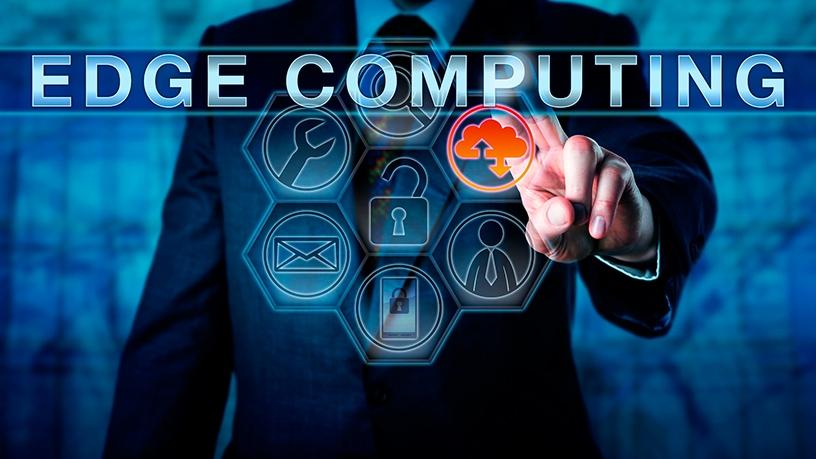
The edge computing market will grow by a compound annual growth rate of over 30% from 2018 to 2022.
This is according to market analyst firm TrendForce, which says edge computing helps to decrease the load of cloud computing systems and enhance the data processing performance at the edge of the network.
TrendForce believes this new kind of architecture not only substantially increases the efficiency of computing and data applications, but could also enhance further implementation of emerging technologies like artificial intelligence (AI) and 5G.
Jimmy Liu, an analyst at TrendForce, points out that the traditional architectures of cloud computing systems have led the market for many years, and have created new business opportunities such as cloud storage and big data analysis.
However, with increasingly huge amounts of data and the rise of real-time computing, traditional architectures have been unable to meet future demand, says Liu.
He adds that with a decentralised structure, edge computing integrates network, computing, storage and self-management at the edge of field devices and gateways, etc, helping to realise real-time response of field devices and enhance the efficiency of data collection and advanced application. Moreover, edge computing can reduce the cost compared with traditional architectures.
TrendForce notes that supply chains have been developing industry standards and the edge computing ecosystem.
It explains that many alliances have been setting new standards for edge computing, for this new paradigm will bring changes to the architectures and actual applications in the market.
For instance, it notes, the Multi-Access Edge Computing of The European Telecommunications Standards Institute, the OpenFog Reference Architecture for Fog Computing, and the Edge Computing Consortium led by Huawei have been actively developing reference architectures to establish the business ecosystems.
The firm points out that in addition, many companies have rolled out their edge computing solutions, such as Azure IOT Edge launched by Microsoft, which puts machine learning, advanced analytics and AI services at front-end IOT devices which are closer to the source of data. Chip Internet protocol provider Arm also introduced Mbed Edge, a computing platform to assist in protocol translation, gateway management and edge computing.
In addition, the rest of the industry chain, including server providers, network equipment providers, industrial computer providers, traditional manufacturers and open source organisations, have all introduced corresponding solutions.
According to TrendForce, edge computing, which became a focus of discussion in 2017, will have significant implications on AI and 5G.
Liu notes that AI used to rely on powerful cloud computing capabilities for data analysis and algorithm. But with the advancement of chips and the development of an edge computing platform, field devices and gateways have been entitled basic AI abilities, which allow them to assist in the initial data screening and analysis, immediate response to requirements, etc.
Edge computing is also an important technological transformation for 5G, Lui says. "Compared with 3G and 4G era, 5G network features diverse applications and network demands.
"Therefore, 5G network must offer corresponding solutions for different applications and requirements. In this condition, edge computing can provide mobile users with better network quality and lower latency, and allow telecom operators to launch more innovative services."
Share